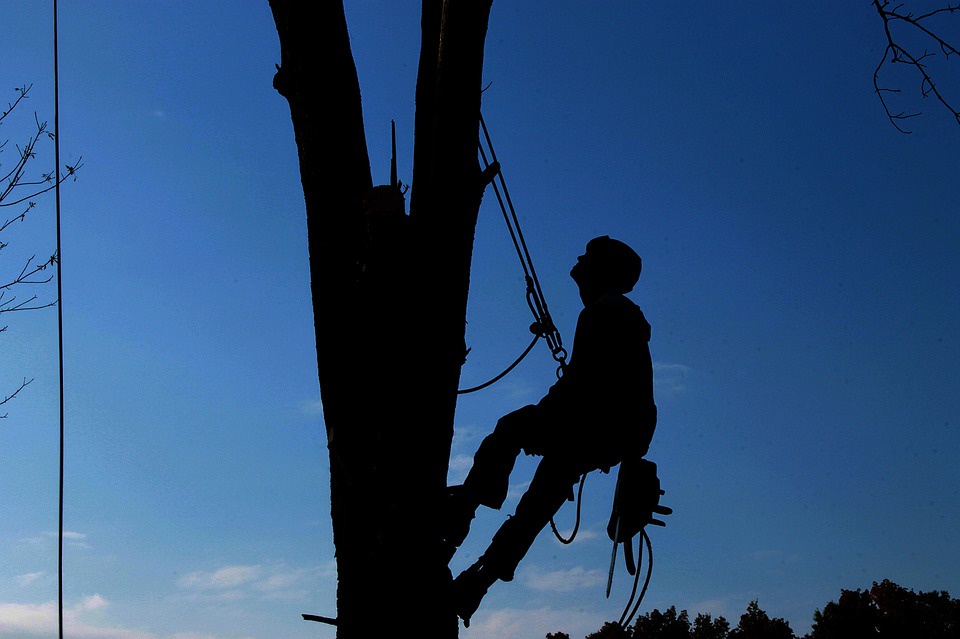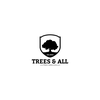In recent times, discussions around environmental conservation and the importance of trees have gained momentum. While the general consensus leans towards preserving and planting more trees, there are instances where tree removal and tree care play a vital role in environmental management. In this article, we will explore five reasons why cutting down trees can be a good thing when approached with a thoughtful and strategic perspective.
Safety Concerns
One of the primary reasons for tree removal is to ensure public safety. Over time, trees may become weakened due to diseases, pests, or adverse weather conditions, posing a threat to nearby structures, pedestrians, or vehicles. In urban areas, where trees often stand close to homes and businesses, professional tree removal becomes essential to prevent accidents and property damage. By identifying and removing potentially hazardous trees, communities can create safer environments for residents and visitors.
Disease Control and Prevention
Trees, like any other living organisms, can fall victim to diseases that spread rapidly within a forest or urban green spaces. In some cases, removing infected trees is the most effective way to prevent the spread of diseases to healthier trees. This proactive approach to tree care is crucial for maintaining the overall health of the ecosystem. By identifying and removing diseased trees promptly, we can protect the surrounding vegetation and prevent the further spread of pathogens, ensuring the long-term well-being of the environment.
Enhancing Aesthetic Appeal and Property Value
While it may seem counterintuitive, strategic tree removal can actually enhance the aesthetic appeal of a landscape and boost property values. Overcrowded or poorly placed trees may obstruct views, limit sunlight, or create a sense of claustrophobia. By selectively removing certain trees, property owners can open up spaces, allowing for better landscaping opportunities, increased natural light, and improved overall aesthetics. Additionally, well-maintained landscapes with carefully pruned and strategically removed trees often attract higher property values, making it a wise investment for homeowners.
Encouraging Regeneration and Biodiversity
In some ecosystems, the removal of specific tree species can stimulate natural regeneration and enhance biodiversity. For instance, in forests where certain tree species dominate, selective tree removal can create space and resources for other plant species to thrive. This process contributes to a more balanced and diverse ecosystem, supporting various wildlife species. Properly managed tree removal can mimic natural disturbances, promoting ecological resilience and preventing the negative consequences of monocultures.
Urban Planning and Development
In urban environments, the need for space for infrastructure development is ever-growing. Responsible tree removal is often a crucial component of urban planning and development projects. This ensures that cities can expand to accommodate the needs of a growing population while maintaining a balance between green spaces and built-up areas. Through careful planning and consideration, urban areas can integrate tree removal into development projects, preserving essential green spaces and incorporating new, well-placed trees to maintain environmental harmony.
How does cutting trees affect us and the environment?
Careless tree removal and large-scale deforestation does adversely affect the environment and, indirectly, us. Trees do everything from providing oxygen to helping regulate temperatures. Without them, the very environments in which we live are at risk of becoming uninhabitable, as loss of trees can lead to everything from soil erosion to increased flooding, and from fewer crops to loss of animal habitat. Widespread clear cutting is also responsible for increased greenhouse gases in our atmosphere and associated climate change.
Having said that, the kind of tree cutting that is harmful is the kind that is carried out carelessly and with no regard for the surrounding ecosystem. We take on tree removal projects because we genuinely think that removing trees is better for the local environment, wildlife, and natural growth cycle.
What is it called when trees are cut down?
There are several terms for the removal of trees, such as felling trees, dead wooding, clearing forests, clearing land, and harvesting timber. Even though “deforestation” is a common term, we don’t use it since it implies negativity and doesn’t really describe what we do or why we do it.
Conclusion
While the prevailing narrative encourages tree conservation and afforestation, it is essential to recognize that responsible tree removal and tree care practices can coexist with these principles. By understanding the reasons behind tree removal and approaching it with a strategic mindset, we can achieve a harmonious balance between environmental conservation and human development. When undertaken by trained professionals with a commitment to sustainability, tree removal and tree care can contribute positively to the safety, health, and aesthetics of our communities.


No comments yet